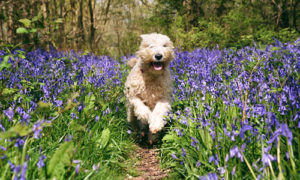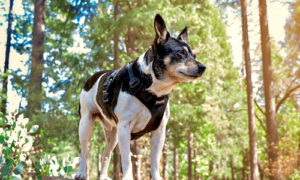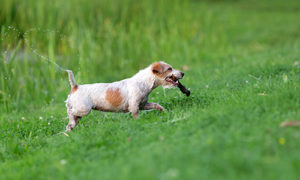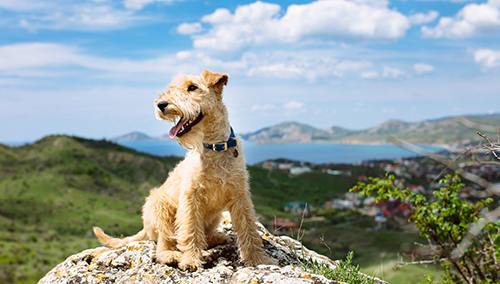
The Lakeland Terrier accompanied farmers on their rounds and small packs of hounds to kill problematic foxes in the area. These dogs were hugely successful and would also hunt otter and vermin.
Unfortunately, much of the background of this dog is unknown to breed historians. However, we do know that they share common ancestors with the Bedlington Terrier, Fox Terrier, and the Border Terrier.
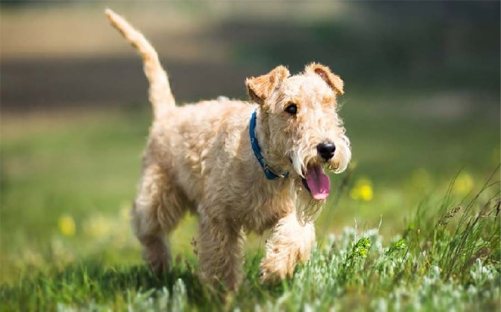
The Lakeland Terrier’s popularity increased with the prevalence of fox hunting. Having a Lakeland for the fox hunt was considered to be fashionable.
The English Lake region dogs gained a reputation as predominantly game dogs, even though they were recognized as Patterdale, Fell, and Elterwater Terriers, all of which came from the Lakeland region. In 1921, they documented as Lakeland Terrier, although Cumberland is considered the exact birthplace of the breed.
In 1934, the AKC accepted the breed for registration. Since then, the Lakeland Terrier has been a proud competitor in the show ring, merging elegant good looks with unmatched showmanship. Its status as a pet, however, has remained modest.
Lakeland Terrier Breed Facts
Weight: 17 pounds
Height: male: 14.5 pounds; female: 13.5 pounds
Popularity: Rare
Family: Terrier
Area OF Origin: England
Date OF Source: 1700s
Original Function: Vermin hunting
Today’s Purpose: Earthdog trials
Other Names: None
Temperament and Upkeep
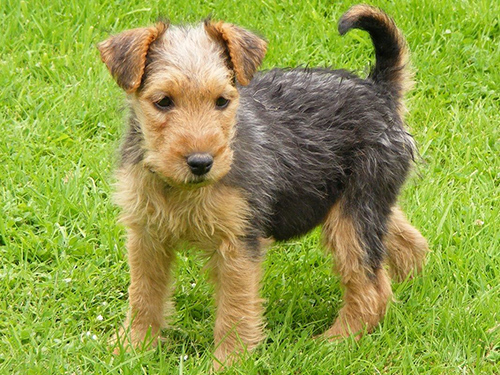
The Lakeland Terrier is a spunky little dog that makes the most of every day. They stay busy investigating, hunting, playing, running, and chasing. They require daily exercise to keep them settled down in the home enough to be an enjoyable and engaging house companion. Lakeland’s are usually reserved with strangers, but aggressive with other dogs and small animals. The Lakeland Terrier is also independent, stubborn, mischievous, and witty. These dogs are sensitive and need to be trained with patience and a sense of humor.
The Lakeland is an active breed that needs daily mental stimulation. A moderate walk on a leash or a challenging game in the yard can usually satisfy its needs. However, it also enjoys the chance to explore off-leash in a safe area. Its wiry coat needs combing one or two times weekly, plus scissoring and shaping. Clipping softens the fur and lightens the color.
Health
Major concerns: none
Minor concerns: lens luxation, distichiasis
Occasionally seen: Legg-Perthes, vWD
Suggested tests: eye, (vWD)
Life span: 12-16 years
Form and Function
The Lakeland Terrier is not a large dog. It is short-backed with a square proportion and sturdy, adequate build. These dogs possess relatively long legs, which helps them run at decent speeds and navigate its native mountain countryside’s rugged shale landscape. The gait is smooth and ground covering, with good reach and drive. Their body is deep and narrow, which allows it to squeeze through small passages after its quarry. Its double coat comprises a soft undercoat and a hard, wiry outer coat.


